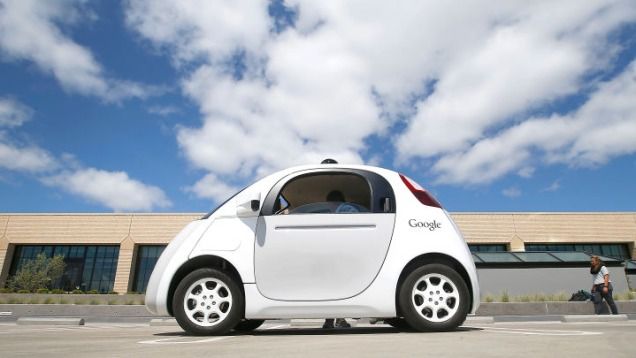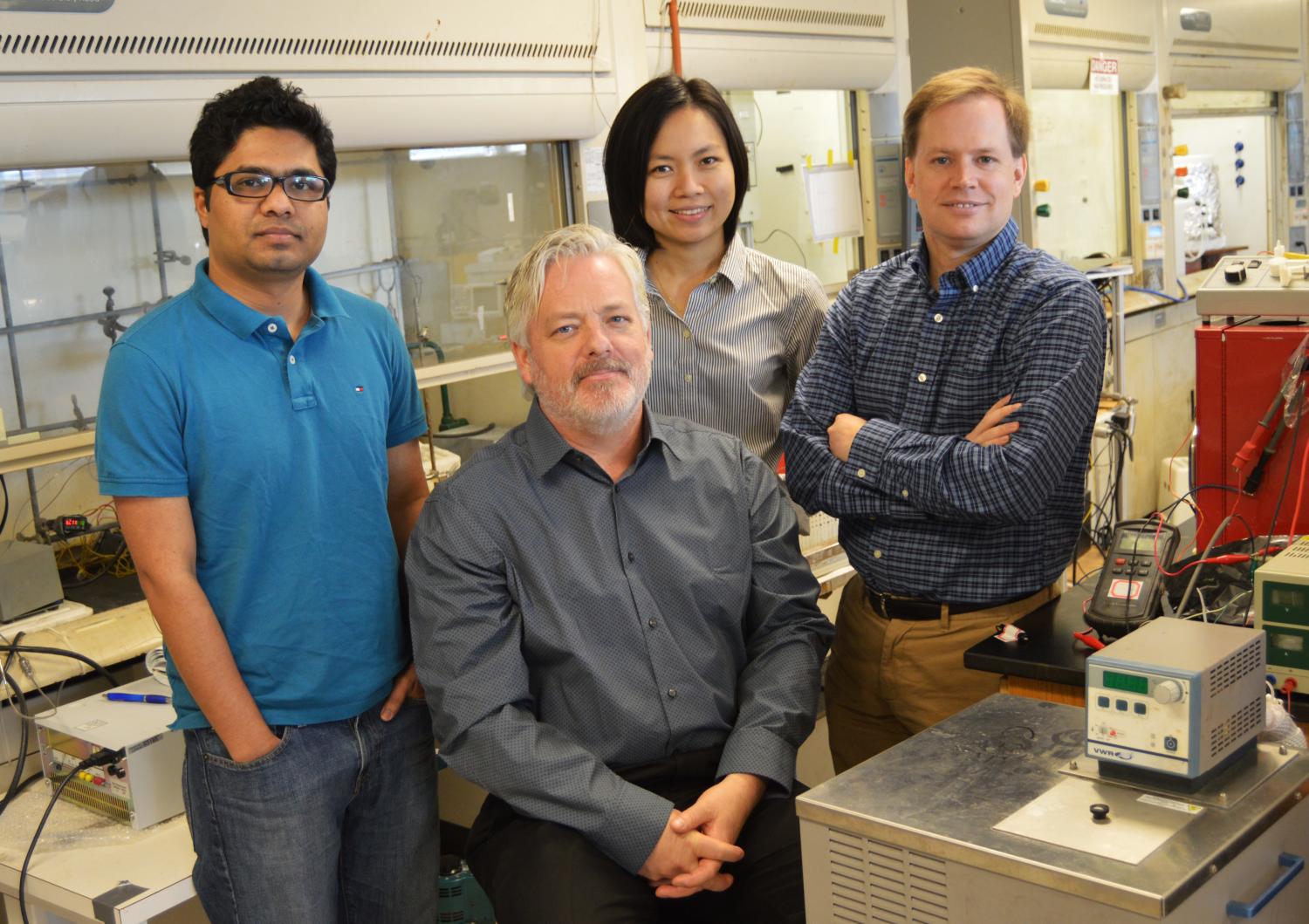Feb 27, 2016
Circuit Board Tattoos Turn Your Skin Into A Synth
Posted by Matthew White in categories: biotech/medical, transportation
After that stem-cell synth yesterday, we’re in the mood for some serious bodymods—so let’s take it from Cronenberg and into Gibson. Software company Chaotic Moon is currently working on tattoos made with conductive ink, which they’re calling Tech Tats. While still mainly used in the medical field, we can already imagine a fully developed 303 implemented under your skin. Who needs a hoverboard when you can make acid with a tattoo?
(via designboom)
Continue reading “Circuit Board Tattoos Turn Your Skin Into A Synth” »

















